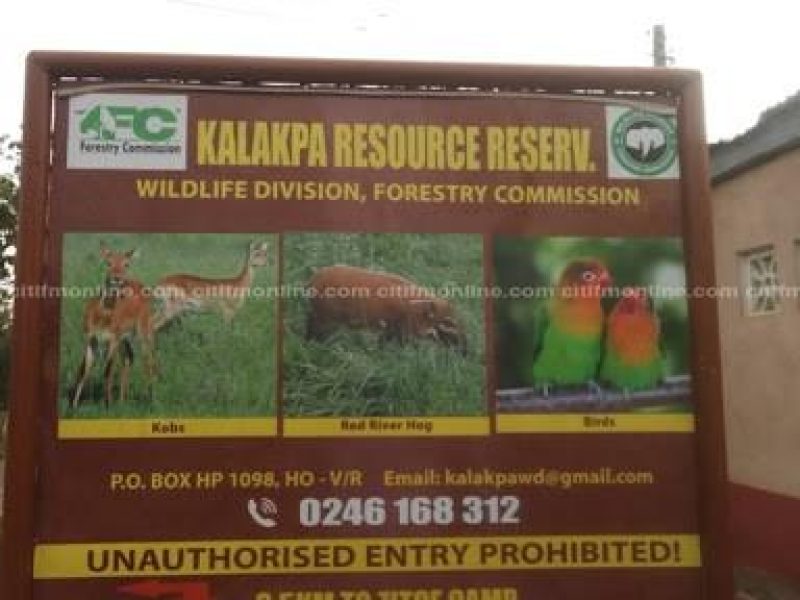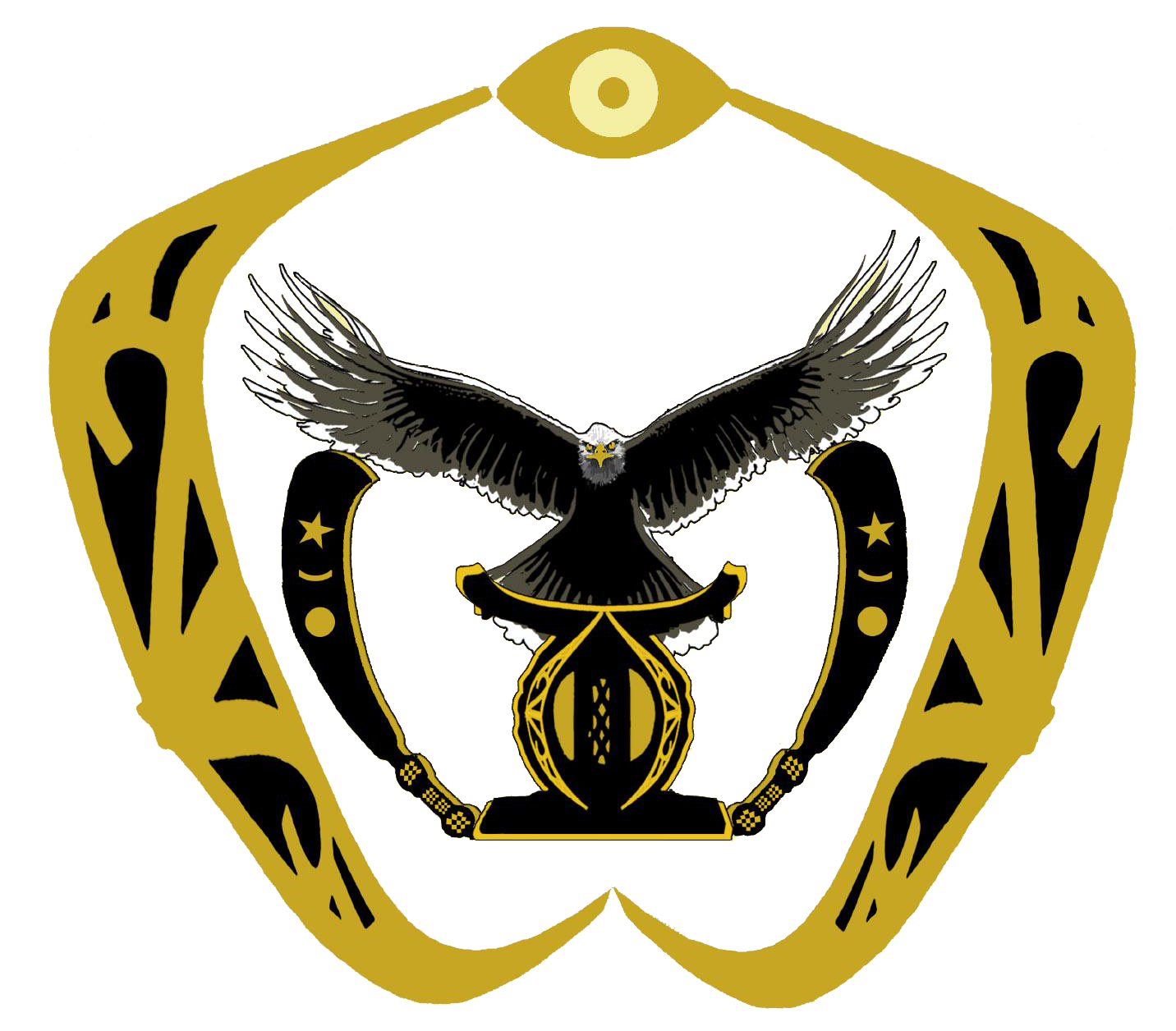Brief on Kalakpa Resource Reserve
The Kalakpa Resource Reserve (KRR) lies approximately 100 km northeast of Ghana’s capital, Accra, and 20 km south of Ho, the regional capital of the Volta Region. The reserve’s natural attributes, along with a lush terrain, good opportunities for wildlife viewing and proximity to Ghana’s capital city, provide excellent potential for ecotourism. The KRR lies in the ancestral homelands of the Abutia and Adaklu people. In the 1960s-1970s, it became a hunting ground where expatriates from Accra and Tema stalked buffalo and other game. In 1975, in recognition of the area’s ecological significance and its value in preserving the nation’s heritage, the government of Ghana gave the land official status as a reserve. Kalakpa is probably the only place in southern Ghana where indigenous wildlife is found in coexistence with the indigenous vegetation type. It also features a strikingly beautiful landscape, bordered to the west and north by the Abutia hills which are part of the Togo Range. Within the KRR, the Kalakpa River (which the reserve derived its name) forms the central spine of a group of more than 10 generally southward-flowing rivers and streams. The Kalakpa River demarcates Abutia from Adaklu.

The Reserve covers an area of about 325km2 and has a mixture of riverine gallery forest and savannah grasslands with hills. The landscape has an attractive variety of savanna grassland with riverine woodland, isolated hills covered with dry forest. The dominant vegetation type in the Kalakpa Resource Reserve is the woodland species of plants, namely Borassus aethiopum and Combretum fragrans plants. In this reserve you can find a variety of buffaloes, bushbucks, duikers, baboons and smaller mammals. Several species of primates are common and quite visible, and the existing system of footpaths is also very good for bird-watching and enjoying the views. The bird world is worth seeing here, known bird species include the Congo serpent eagle, Nkulengu rail, and the Rosy bee eater. The estimated 227 butterfly species exceeds other reserves with similar habitats, such as Shai Hills and Mole.The Reserve covers an area of about 325km2 and has a mixture of riverine gallery forest and savannah grasslands with hills. The landscape has an attractive variety of savanna grassland with riverine woodland, isolated hills covered with dry forest. The dominant vegetation type in the Kalakpa Resource Reserve is the woodland species of plants, namely Borassus aethiopum and Combretum fragrans plants. In this reserve you can find a variety of buffaloes, bushbucks, duikers, baboons and smaller mammals. Several species of primates are common and quite visible, and the existing system of footpaths is also very good for bird-watching and enjoying the views. The bird world is worth seeing here, known bird species include the Congo serpent eagle, Nkulengu rail, and the Rosy bee eater. The estimated 227 butterfly species exceeds other reserves with similar habitats, such as Shai Hills and Mole.

There are seven hills in the Kalakpa Resource Reserve. These are Agbenu, Afubo, Aveveto, Agbletoe, Kofitoe, Zitoe and Kadanga which is the highest hill at 422 m. While Kadanga is rocky, with some small vertical cliffs, the rest of the range bears woodland or patches of dry forest on its slopes. Some smaller hills (like Zitoe, 200 m alt.) are covered in transition woodland. The Agbenu Hill, believed to be the ancestral home of the Abutia people, is spiritually uplifting when absorbing the view. The Hill served as a hideout and provided security to the
inhabitants. Rocks identified in the Kalakpa Resource Reserve were formed from the chain hills in the Kalakpa Resource Reserve. During archaeological research at the top of the Agbenu hills, a small lithic, which has a polished edge was identified from one of the Units excavated, but its use has not yet been identified. The felsic minerals include quartz and feldspar and biotite which may be human caused. Additionally, a lot of pyroxenite were also identified and respondents attested that the pyroxenite which is also known as ‘black stone’ is used to extract poison from an individual who is bitten by a snake.

